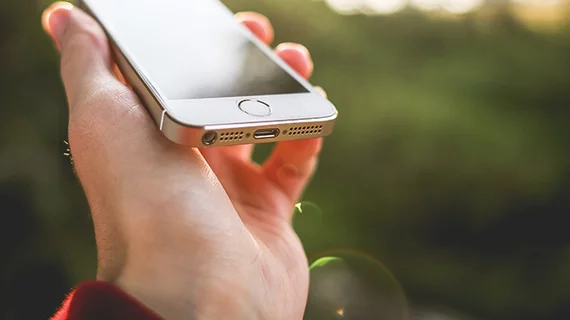Smartphone cameras use AI to detect diabetes
It has been estimated that more than 200 million people around the world have diabetes and don’t even know it. Could AI technology and smartphone cameras help reverse that trend?
Researchers have developed a deep neural network (DNN) that detects signs of diabetes using smartphone cameras, training it with data from more than 53,000 patients. They shared their findings in Nature Medicine.
The DNN achieved an area under the ROC curve (AUC) for prevalent diabetes of 0.76 in that primary cohort and an AUC of 0.74 for a second cohort of more than 7,000 patients. The DNN was even more effective when a regression analysis was performed that considered a person’s age, gender, race/ethnicity and body mass index.
“The ability to detect a condition like diabetes that has so many severe health consequences using a painless, smartphone-based test raises so many possibilities,” co-senior author Geoffrey H. Tison, MD, MPH, assistant professor in cardiology at the University of California San Francisco (UCSF), said in a statement. “The vision would be for a tool like this to assist in identifying people at higher risk of having diabetes, ultimately helping to decrease the prevalence of undiagnosed diabetes.”
The AI model was especially effective at identifying when a patient did not have diabetes, achieving an accuracy of 92 to 97% across a variety of datasets.
“We demonstrated that the algorithm’s performance is comparable to other commonly used tests, such as mammography for breast cancer or cervical cytology for cervical cancer, and its painlessness makes it attractive for repeated testing,” co-author Jeffrey Olgin, MD, a professor and chief of the UCSF division of cardiology, said in the same statement. “A widely accessible smartphone-based tool like this could be used to identify and encourage individuals at higher risk of having prevalent diabetes to seek medical care and obtain a low-cost confirmatory test.”
The Nature Medicine study is available here.

